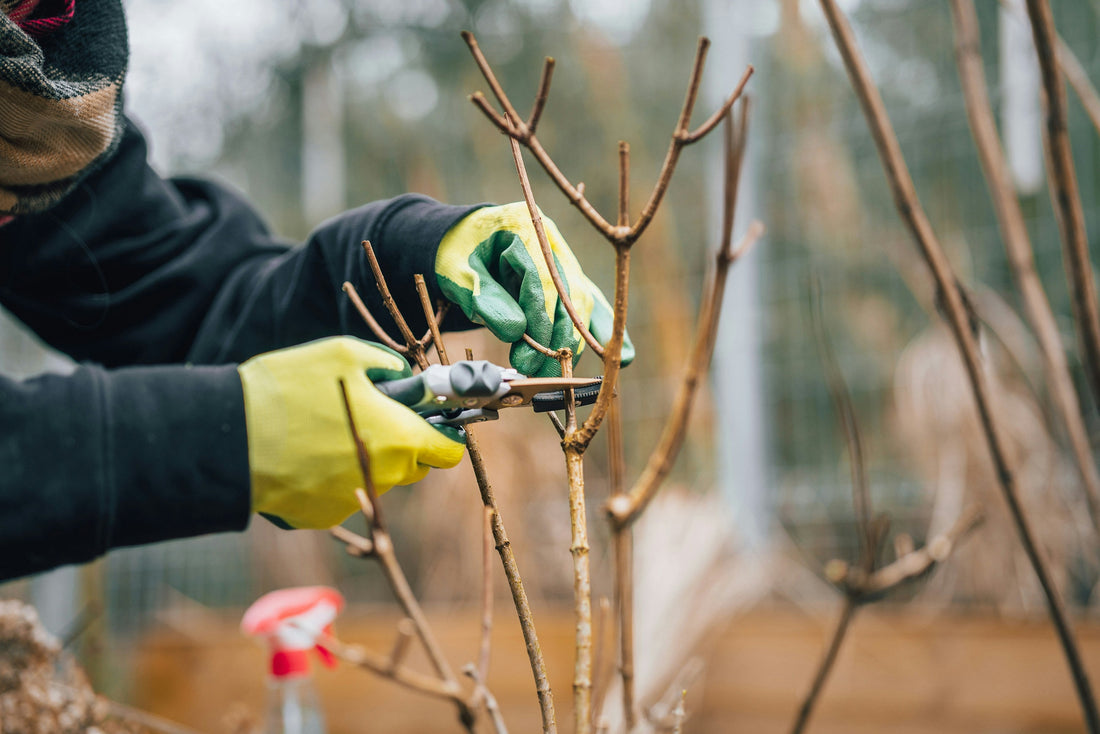
A Simple Guide to the 9 Most Used Glove Materials
Share
Have you ever stopped mid-task and thought, "What exactly are gloves made of, and why do they feel so different from one another?" Whether you're slipping on a pair for surgery, gardening, construction, or food handling, the material makes all the difference, and it’s not just about comfort. It's about protection, performance, and purpose.
Gloves today are made from a wide variety of materials, but nine types dominate the global market. According to recent industry data, nitrile gloves now account for over 44% of the disposable glove market, with latex following closely at 35%, and vinyl (PVC) making up approximately 15% (Statista, 2024). These three alone cover over 90% of all disposable glove use, especially in healthcare, food service, and laboratories.
But disposable gloves aren’t the full story. Leather, neoprene, Kevlar, butyl, PVA, and HPPE dominate in industrial, construction, chemical, and cut-resistant settings. Each of these materials brings unique strengths; some resist acids, others deflect sharp blades, and some simply offer unbeatable comfort under pressure. With so many choices, understanding the common materials used in gloves isn't just helpful; it's essential.
This guide breaks down the 9 most widely used glove materials, explaining their pros, cons, and real-world uses. Whether you're a safety officer, a style-conscious shopper, or simply curious about the best material for gloves, this is the place to start.
Why material matters
Gloves aren’t one-size-fits-all. Choosing the right glove material makes the difference between safety and disaster, durability and disappointment, or comfort versus irritation. According to safety experts, latex and nitrile gloves together make up the majority of disposable gloves in use, especially in labs and healthcare, due to their tactile feel and cost‑effectiveness. That alone tells you how vital material choice is.
But what about heavy‑duty work gloves or gardening gloves? That’s when you move into materials like leather, cut‑resistant synthetics, or vinyl. So, what are gloves made of in different industries? And which is the best material for gloves for your purpose? Let’s explore.
The top 9 glove materials and how they stack up
Below is a simple comparison of the nine most commonly used glove materials, the common materials used in gloves overall, and when each shines.
Diving deeper: what makes a glove material “best”?
When someone asks, “What is the best material for gloves?” there’s no one‑size‑fits‑all answer; it depends on your need:
-
For chemical or biological safety, medical or lab: nitrile is now preferred over latex because of allergen avoidance, better puncture/tear resistance, and compatibility with aqueous and organic chemicals. Latex remains common due to lower cost and tactile sensitivity but is less suitable if any chemical risk exists or if allergies are present.
-
For general light‑duty industrial or food handling, vinyl works because it is latex‑free and cheap but offers limited protection overall.
-
For heavy‑duty tasks, such as construction, welding, gardening, or pruning, leather gloves (cowhide, pigskin, or goatskin) offer excellent abrasion, cut, and heat resistance; they also conform comfortably over time.
-
For cut resistance and precision work (glass, metal, food slicing), aramid (Kevlar) or HPPE (Dyneema) gloves provide superior protection at minimal loss of dexterity.
-
For handling harsh solvents, butyl rubber and PVA gloves provide the best chemical resistance, though they are specialty materials needing careful handling.
How widely used are these materials?
If I had to use a percentage figure, in labs and medical settings, latex and nitrile account for well over 75% of disposable glove use, with nitrile climbing steadily, especially due to latex allergy concerns. Leather gloves remain dominant in construction, welding, and gardening. Cut‑resistant synthetics are top for industrial safety. PVC and vinyl fill the bulk of entry‑level, food‑service, or household glove roles.
Why knowing what gloves are made of really matters
Understanding common materials used in gloves isn't just technical trivia; it shapes your safety, comfort, and value:
-
Allergies: If you’re sensitive to latex protein, you might need nitrile or vinyl instead.
-
Dexterity: Thin latex or nitrile offers greater tactility than thick leather or Kevlar.
-
Chemical resistance: Nitrile, neoprene, butyl, and PVA each have specific resistance profiles; OSHA selection charts stress this heavily.
-
Durability: Leather and synthetics last longer than one‑time use disposable gloves.
Real‑world examples
In a recent review of gardening gloves (best picks for 2025), nitrile‑coated mesh gloves ranked top for grip and comfort, while pigskin or cow leather gloves were best for heavy thorny tasks like rose pruning. Another safety guide praised Kevlar gloves (e.g, MCR Safety Cut Pro) for cut resistance in industrial DIY tasks over basic nitrile or PVC gloves.
Tips: choosing the right material
-
Identify your main hazard: Is it chemical contact? Cuts? Abrasion? Cold temperatures?
-
Check compatibility: Consult glove chemical resistance charts—like OSHA or university EH&S guides—for exact chemicals. Select nitrile/neoprene for mild acids or solvents; butyl or PVA for stronger ones.
-
Consider dexterity vs protection: Thin nitrile/latex or knit liners allow touch sensitivity; leather or HPPE/aramid provides cut resistance but sacrifices a bit of flexibility.
-
Factor allergies & cost: Latex is cheap but allergenic; nitrile costs more but is safer for many users.
-
Think about durability: Disposable gloves are fine for short use; reusable leather or synthetic gloves last months or years if well maintained (always clean and condition leather; store dry).
Why this guide can help your readers
This blog answers your audience’s most pressing questions:
-
What are gloves made of? We list the exact materials, from latex and nitrile to Kevlar, PVA, neoprene, vinyl, and leather.
-
Common materials used in gloves are all covered with clear use cases.
-
What is the best material for gloves? We guide readers through scenarios—chemical safety, gardening, industrial, and medical to match material with need.
- We include credible external references (UC Berkeley, OSHA, Ironclad, Safeopedia, etc.) so your content appears authoritative and authentic. Readers and search engines alike trust these links.